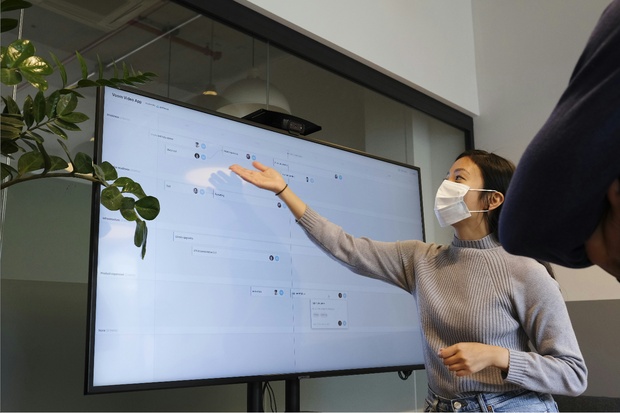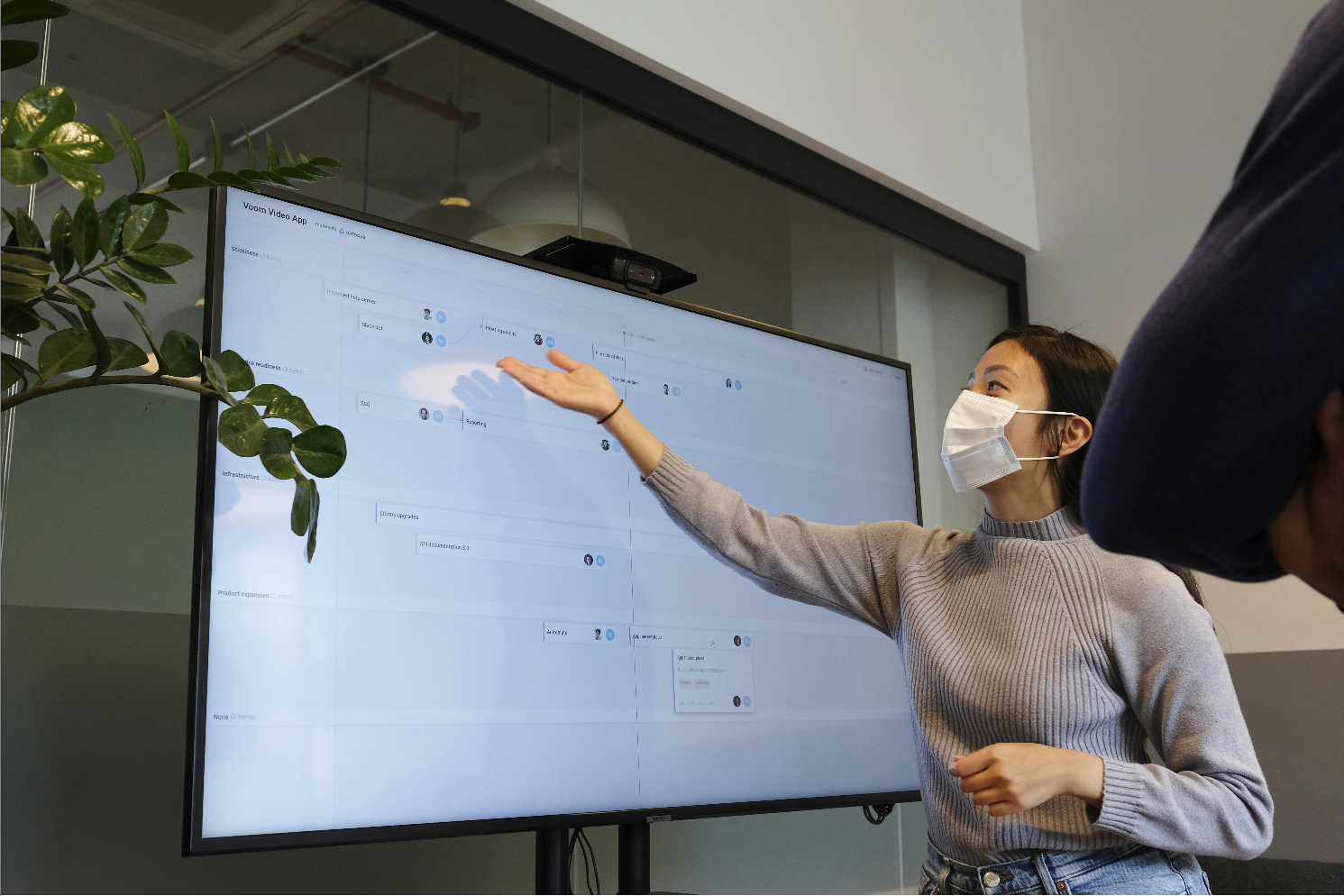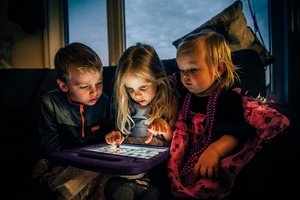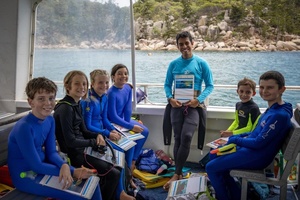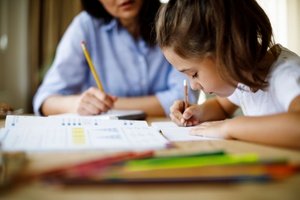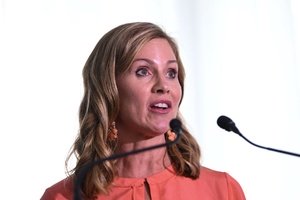There have been recent inquiries into national responses to the COVID pandemic. These inquiries and investigative reports have taken place in Australia, Scotland, the USA and in many other nations.
Among the issues discussed has been whether the closure of schools in the second wave was justified. In the opinion of some educational experts, the closure of schools was not justified.
It has, they assert, led to severe emotional and psychological responses in children. This, they say, has manifested as school refusal, greater social anxiety and even, purportedly, children as young as five being unable to control violent outbursts against teachers.
In my view, the in-hindsight opinions of experts, most of whom are not in classrooms, that schools should have remained open in the second wave is misguided. There are several reasons for this.
Firstly, parents, teachers, and others are needed when children go to schools.
The average age of teachers in Australia is around 45-years, with 30 per cent of teachers (according to the OECD) being over the age of 50. Older people are more vulnerable to COVID and its health effects – both short-term and long-term.
Supposing schools had reopened, a series of questions arise:
- How would children have commuted?
- Who would have taught them?
- What level of increased COVID hospitalisations and deaths would have occurred as a result?
Effectively reopening schools would have meant reopening most of society. This would have, inevitably, led to calls for school closures as there would have been more COVID cases, more hospitalisations and higher death counts.
According to the COVID-19 and Children’s Surveillance Report, 16 children in Australia under the age of 17-years died from COVID during the pandemic. This number would have risen had schools re-opened.
What would experts say to families where children and others died of COVID?
Secondly, teachers and their loved ones are not expendable.
Many teachers have children and many look after, and interact with, their older parents.
In all cohorts there are vulnerable people. To suggest that schools should have re-opened for the entire second wave implies that teachers’ lives, and the lives of their loved ones, are expendable.
Why should teachers, teachers’ parents and grandparents, their relatives on NDIS funding with health complications, and others be deemed okay to place at higher risk?
Would these experts have fronted up to large and crowded spaces with confidence during the second wave?
Thirdly, school refusal rates were increasing prior to the pandemic.
The experts say another reason for deeming the second wave lockdown as unnecessary is because there has been a rise in school refusal rates since schools have re-opened.
The national data reveals, however, that school drop-out rates had risen steadily from 2017. School refusal may have slightly increased post-lockdown but was trending upwards in the years prior.
Though there may be some link between school refusal and the second lockdown, is it not certain whether the same would have occurred had there been one lockdown period instead of two. This argument is fallacious.
Fourthly, more counsellors and psychologist have been needed in schools for at least a decade.
Children, according to these experts, are expressing greater anxiety and lack of resilience post-COVID. However, the trend towards a need for greater emotional regulation and support for children has been there for years prior to the pandemic.
Additionally, over a long period of time, schools have become more complex, more diverse, and more outcomes driven. In schools there is a pervasive expectation to meet students' needs.
However, whilst resourcing has increased generally, there has not been the investment in counsellors and psychologists to the extent required. This has been known for at least a decade.
Moreover, data from the Australian Institute of Health and Welfare (AIHW) on youth suicides reveals the following:
Youth suicides rates amongst males had been trending upwards from 2012 to 2018 but has fallen since then. Female suicide rates have also fallen. The largest decline in youth suicide appears to be since 2020.
This suggests that young people post-COVID lockdowns may be aware of seeking support services despite escalating social and emotional needs. I did not see this aspect considered in the reporting.
Fifthly, we need to consider the effects of technology.
It is clear that the pervasive use of technology prior to, throughout, and post-COVID has contributed to the issues facing children now.
The trends were there prior to the lockdowns, and may have been amplified somewhat during the lockdown periods.
Yet anecdotally at least, these issues initially fell after the lockdowns were over.
Since that time, the rise of TikTok and other pervasive and pernicious social media and collaborative messaging tools may well have contributed to the state of young people now.
Restlessness, fear of missing out (FOMO), distractibility and a declining ability to focus without repeated and regular electronic stimulus is distinct from COVID lockdowns. It is more symptomatic of a general over-reliance (and trust of) technology.
Sixthly, there's the issue of distracted parenting.
School lockdowns have nothing to do with the problem of distracted adults. Distracted adults are repeatedly unavailable. In that vacuum, young people feel invisible, unknown, and uncertain. This factor cannot be discounted as contributing to the issues seen amongst children now.
The precautionary stance was wise.
A focus on what could have been done differently does not mean the outcomes would have been any better. When some things change, other risks arise and deleterious effects may not be avoided.
Deleterious effects could have been manifestly amplified. In such circumstances, where much is unknown, a precautionary stance is always preferred. This stance was applied in the second wave.
Those at the forefront of education, in classes teaching, should be highly valued. I know the bravery many teachers had in taking face-to-face classes after the first lockdown, despite personal risks.
Any post-COVID inquiry should be framed in this context and should strongly articulate that teachers are not expendable.
• Confidential help and free counselling is available at Lifeline on 13 11 14 and Kids Helpline on 1800 55 1800.

